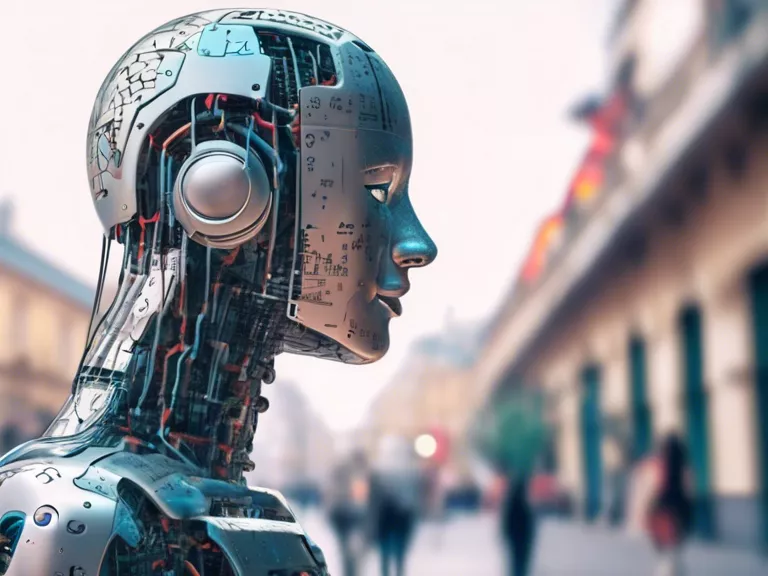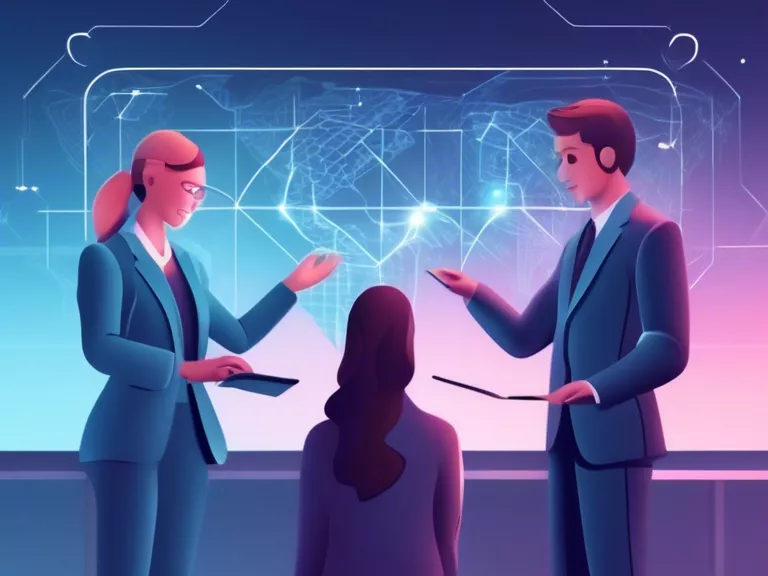
AI technology has revolutionized the way we communicate across cultures through real-time translation services. This article explores how AI is supporting instant translation and cultural understanding abroad, bridging language barriers and facilitating global interactions.
In today's interconnected world, the demand for accurate and instantaneous translation services has never been higher. Whether for business meetings, travel, or everyday conversations, the ability to communicate effectively with individuals who speak different languages is essential. This is where AI-powered translation tools come into play, offering a solution to the age-old challenge of language barriers.
AI-driven translation services leverage machine learning algorithms to analyze and translate text, speech, and even images in real-time. By drawing on vast amounts of data, these systems continuously improve their accuracy and fluency, enabling seamless communication between speakers of different languages. From translating spoken words in a video call to converting written text on a street sign, AI can quickly and accurately convey meaning across linguistic divides.
Beyond text and speech translation, AI technologies are also enhancing cultural understanding by providing context and nuance to communication. Language is deeply tied to culture, and subtle nuances in expression can significantly impact the meaning of a message. AI-powered translation tools are trained to recognize cultural references, idiomatic expressions, and regional dialects, allowing for more accurate and culturally sensitive translations.
By promoting cross-cultural communication and understanding, AI is breaking down barriers and fostering collaboration on a global scale. This technology is not only making it easier for individuals to connect with others from different backgrounds but also enabling businesses to expand their reach and engage with diverse markets. As AI continues to advance, we can expect even more sophisticated translation services that facilitate seamless communication and foster greater cultural awareness.
In conclusion, AI is transforming the way we communicate across borders by supporting real-time translation and cultural understanding. Through advanced machine learning algorithms, AI-powered translation tools are bridging language gaps and promoting cross-cultural exchange. As we embrace these technological advancements, we can look forward to a more interconnected and inclusive world where communication knows no bounds.



